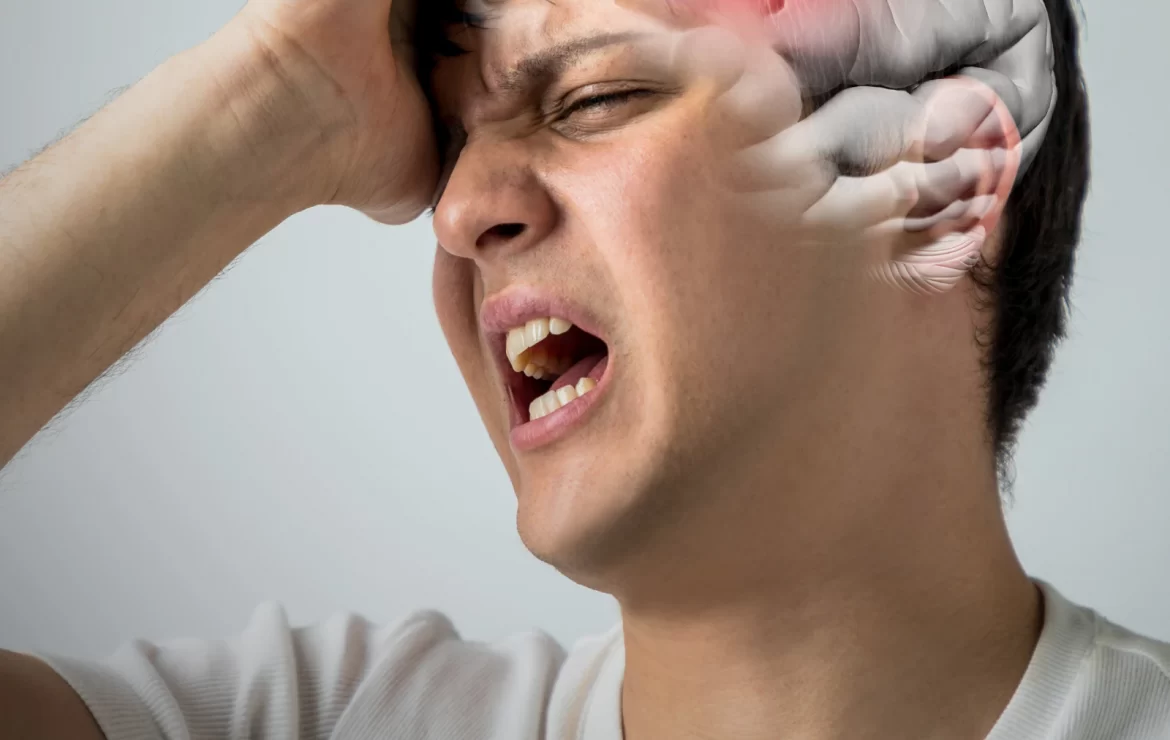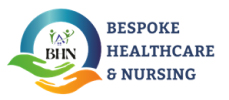Know More About Brain stroke

Know More About Brain stroke
-
What is brain stroke?
When blood flow to a portion of the brain is interrupted or reduced, a brain stroke, also known as a stroke or a cerebrovascular accident (CVA), is a medical catastrophe. The blood vessels supplying the brain may become blocked (ischemic stroke) or bleed (hemorrhagic stroke), which results in this interruption or decrease in blood flow.
The brain cells in the affected region start to die within minutes of a blood flow obstruction. Depending on where the stroke occurred and how severe it was, this may result in a variety of symptoms. The sudden loss of sensation on one side of the body, trouble speaking or understanding others, vision issues, dizziness, and severe headaches are common symptoms.
Early intervention is essential to limiting brain damage and averting permanent disability or mortality. It’s crucial to contact emergency services right away, such as 911 in the US, if you believe you or someone else is having a stroke. Medication, surgery, or other treatments for stroke may be used to improve blood flow to the brain and stop further harm.
-
Symptoms of brain stroke:
The symptoms of a brain stroke can vary depending on the location and severity of the stroke, but they often come on suddenly and without warning. The most common symptoms of a stroke include:
- Sudden weakness or numbness on one side of the body, such as in the arm, leg, or face
- Difficulty speaking or understanding speech
- Sudden vision problems, including double vision or loss of vision in one or both eyes
- Sudden severe headache
- Loss of balance or coordination, including difficulty walking
- Confusion, disorientation, or memory problems
- Dizziness or vertigo
- Trouble swallowing
If you or someone you know experiences any of these symptoms, it’s important to seek emergency medical attention right away. Remember, time is of the essence when it comes to treating a stroke, and prompt treatment can help prevent long-term disability or even death.
-
Type of brain stroke
There are two main types of brain stroke: ischemic stroke and hemorrhagic stroke.
- Ischemic stroke: This is the most common type of stroke, accounting for approximately 87% of all cases. It occurs when a blood clot blocks one of the arteries that supply blood to the brain, leading to a lack of oxygen and nutrients. Ischemic strokes can be further classified into two subtypes: thrombotic strokes, which occur when a blood clot forms in an artery that supplies blood to the brain, and embolic strokes, which occur when a blood clot forms elsewhere in the body and travels to the brain.
- Hemorrhagic stroke: This type of stroke occurs when a blood vessel in the brain ruptures or leaks, leading to bleeding in or around the brain. Hemorrhagic strokes can be caused by several factors, including high blood pressure, aneurysms, and arteriovenous malformations (AVMs).
Both types of stroke are medical emergencies and require immediate attention. Prompt treatment can help minimize brain damage and prevent long-term disability or death.
-
Need to taking care of brain stroke patients
Caring for a brain stroke patient can be challenging, but there are several things you can do to help promote their recovery and well-being. Here are some tips for taking care of a brain stroke patient:
- Seek professional medical help: It’s important to seek professional medical help as soon as possible after a stroke to ensure that the patient receives the appropriate treatment and care.
- Follow the doctor’s orders: The doctor may prescribe medications, therapy, or other treatments to help the patient recover. Make sure to follow the doctor’s orders and attend all scheduled appointments.
- Monitor vital signs: Monitor the patient’s vital signs, such as blood pressure, pulse, and temperature, and report any changes or concerns to the doctor.
- Provide a safe and comfortable environment: Create a safe and comfortable environment for the patient at home, ensuring that they have easy access to the bathroom, bedroom, and other necessary facilities.
- Assist with daily tasks: The patient may need assistance with daily tasks, such as bathing, dressing, and eating. Be patient and supportive, and encourage the patient to participate in these tasks as much as possible.
- Encourage physical activity: Physical activity can help improve the patient’s mobility and reduce the risk of complications such as blood clots. Encourage the patient to participate in physical therapy and to engage in gentle exercises as directed by the doctor.
- Provide emotional support: Recovering from a stroke can be emotionally challenging. Offer emotional support to the patient, and encourage them to stay engaged with family, friends, and social activities.
Remember, caring for a brain stroke patient can be a team effort. Don’t be afraid to reach out to friends, family members, or support groups for help and support.




